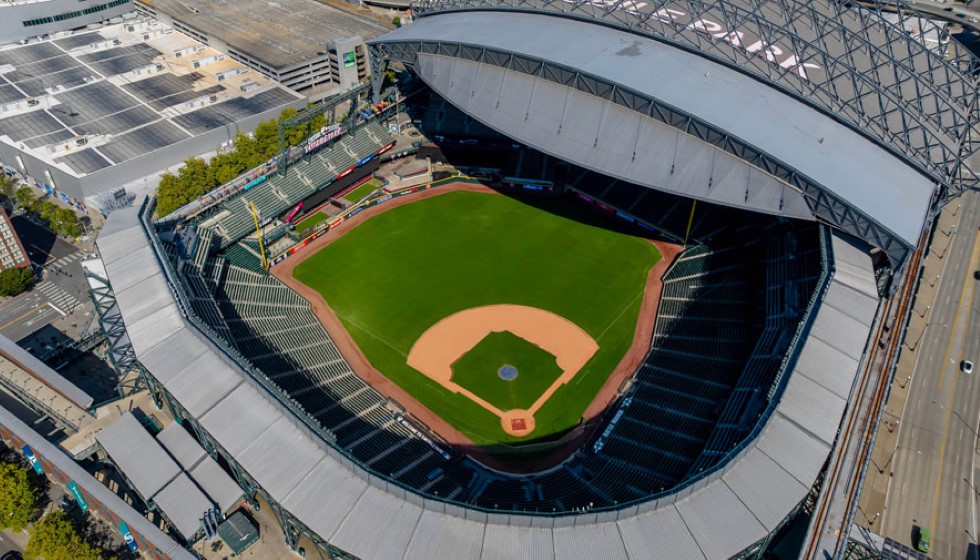
In a move that signals the future of baseball, Major League Baseball commissioner Rob Manfred has strongly hinted at the impending integration of the automated strike zone system, widely known as ABS. This venture is gathering momentum with an eye on enhancing accuracy and consistency across the league.
Exploring the Challenge System
One of the significant components of the proposed ABS integration is the challenge system. According to the plan, each team would have the right to contest pitches to the automated ball-strike (ABS) system, though the number of challenges will be capped at three per game. This approach aims to provide a balance between human judgment and technological precision, ensuring that the pace and flow of the game are maintained.
Testing Grounds
ABS is not an untested concept. It has already seen action at several minor league levels, including in Triple-A, where its impact and feasibility have been carefully observed. Furthermore, ABS will undergo rigorous testing during spring training before any full-fledged implementation in Major League Baseball. The technology's trial phase could begin as soon as 2025.
International Adoption
The Korea Baseball Organization (KBO) has taken the plunge and implemented ABS this season. The results have been noteworthy, with the league's On-base Plus Slugging (OPS) increasing from .712 last year to .766 this year after deploying ABS. This uptick suggests that the automated system may contribute to a more dynamic and competitive offensive environment.
Accuracy and Precision
One of the most compelling aspects of ABS is its precision. The technology is said to be accurate to within a hundredth of an inch. Rob Manfred pointed out, "We have made material progress; the technology is good to 100th of an inch; the technology in terms of the path of the ball is pluperfect, number one." This level of accuracy promises to minimize errors in strike zone judgments significantly.
Learning from Experience
The minor leagues' initial experiences with ABS highlighted some growing pains, including an increase in strikeout and walk rates. However, over time and with careful adjustments to the strike zone parameters, these rates eventually stabilized. This iterative process underscores the importance of thorough testing and fine-tuning before introducing ABS to the major leagues.
Manfred has emphasized the deliberate and measured approach being taken to ensure the success of ABS. "One thing we learned with the changes last year is, a little more time is better than not enough time. Just in terms of making sure when you bring something to the big leagues, you've got to make sure you got it right," he said.
Player Feedback and Involvement
Interestingly, the feedback from players has played a significant role in shaping the ABS deployment strategy. As Manfred revealed, "We have listened – me, in particular, and I've carried a lot of this water with the owners – to player input on how they want to see it rolled out. Our focus, obviously, the second half of this year is on the challenge system, and that is almost 100% based on player feedback." This collaborative approach indicates a commitment to addressing the concerns and preferences of those directly affected by the new technology.
A Glimpse into the Future
The road to integrating ABS in Major League Baseball is paved with careful planning, extensive testing, and a keen ear for player feedback. Several current major league players have already experienced ABS during their time in the minors or on rehab assignments, offering a glimpse into how this technology could alter the dynamics of the game at the highest level. As the ABS system continues to evolve and refine, it could represent a significant leap forward in the quest for fair and consistent umpiring, blending the best of human judgment with cutting-edge technology.